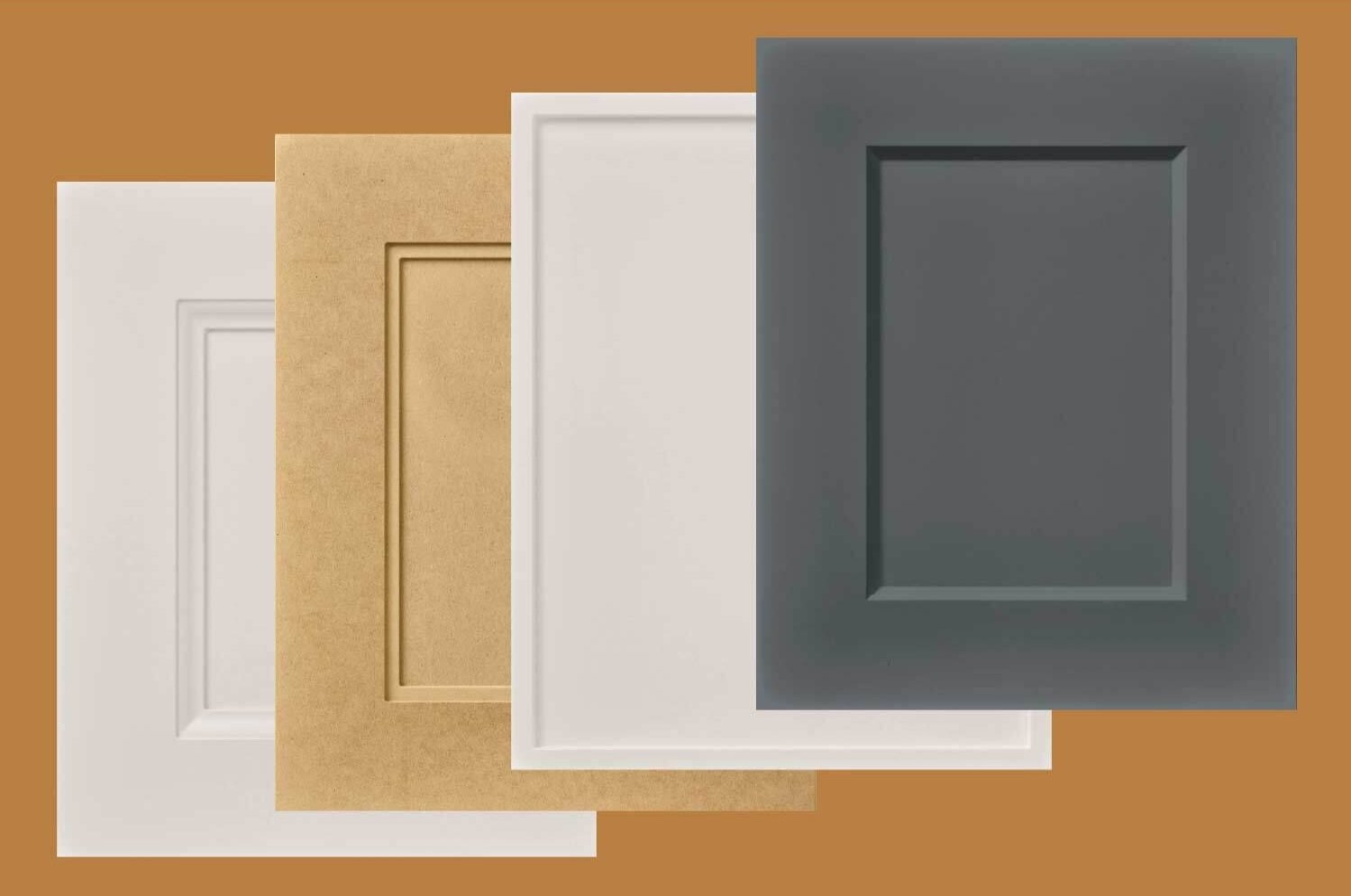Solve your booth bottleneck
Primed MDF Board Cabinet Doors
Save time and money in your finishing operation
Solvent-based primer for excellent filling and sanding
2 coats of primer on the door faces
Tinted Primer available for darker colours
Save time and money in your finishing operation
Solvent-based primer for excellent filling and sanding
2 coats of primer on the door faces
Tinted Primer available for darker colours

When priming MDF for a painted finish, sealing the profiles and edges is critical to achieving a high quality, durable and long-lasting finish. For that reason, DWP applies not just one coat of primer, but two, ensuring the MDF is properly sealed, improving not only the look of the finished product, but increasing the moisture resistance, which is critical in kitchen and bath installations. Our craftsmen take great pride in delivering products that exceed expectations.
Employee costs and related overhead can be very expensive for your business, so it’s important that your people are as productive as possible. Your success is based on the number of kitchens you fabricate, not the number of doors you sand and prime. Many of our long-term clients realize they are more profitable when they leave the priming to DWP. In the end, it reduces costs and improves your productivity in the areas that matter most.
Sherwin Williams KEMVAR 5411S WOOD SURFACER is a fast drying primer for interior MDF and wood surfaces. This product provides a high solids primer with excellent filling and sanding characteristics. Works well with solvent based top coats.
Our standard primer is white. To accommodate darker finishes, we offer a tinted primer that covers easily when top coating with dark colours.
MDF products are carefully prep sanded and inspected before going through our automated flat line finishing system. The flat line provides uniform application of the priming material. After a first coat, the products are sent though an automated sanding station and then inspected and hand sanded to ensure we have smooth surfaces and edges before the second coat of primer is applied. After the second coat, the product is ready to accept a solvent-based top coat.